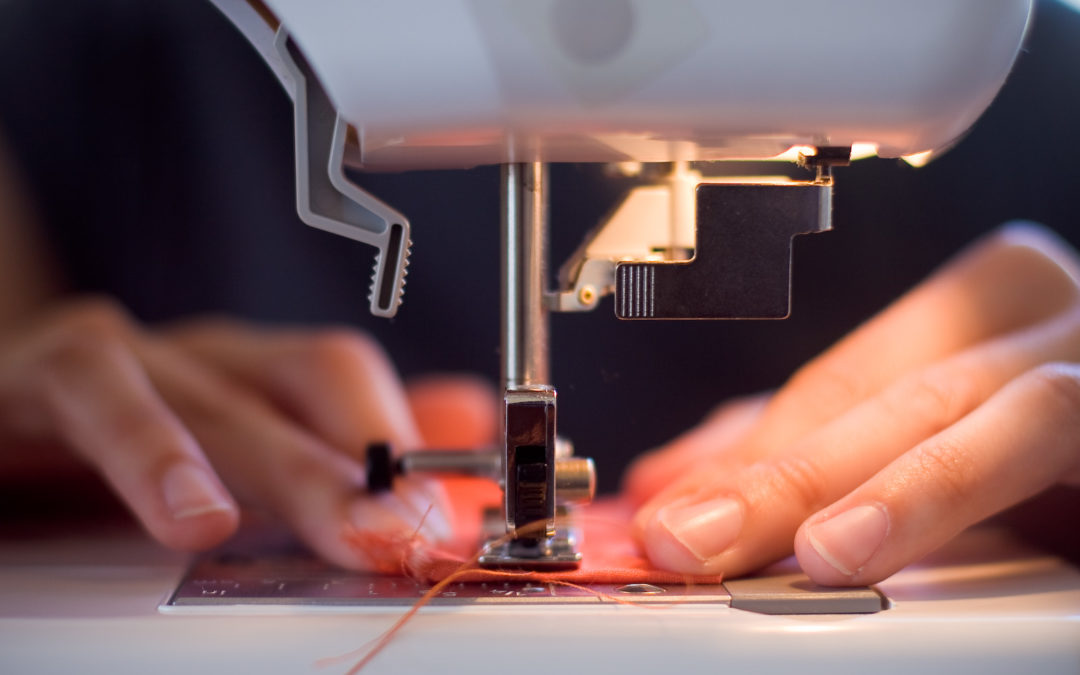Are you just starting to learn how to sew? Congratulations for picking up a great hobby. It’s a great way to learn both a practical skill and a potential creative outlet.
Since you’re only just starting, the folks here at Sew Covered have put together a few tips for you. These ways can make the process easier. Many folks start sewing and are discouraged by how hard some of the details can get. Our advice is here to help ease you into the practice.
Tailor’s tacks can be difficult for beginners. Here’s an alternate method that some have found easier, and can be more secure. Use unknotted doubled thread in the hand needle and stitch through both layers of fabric. Cut long thread tails.
Then use a different colour of thread and make the second stitch over the first, using the wrong side of the fabric. Pull the layers apart, and you’ll get one stitch that stays on top of the fabric, making positions clearly.
Most people who sew use a safety pin to secure elastic cording through a casing. What most people don’t do is use the second pin to secure the elastic or cord trail, keeping it from sneaking into the casing.
When hand-sewing evenly spaced stitches, you can Machine-baste a line to serve as your guideline. You can pull the machine stitching out a few at a time and follow the holes left behind.
You can also make a button shank out of a thread. Most newcomers don’t realise this until later on, probably because the process can be a bit involved.
You can turn used men’s shirts into something else. Cut off parts like the collars and sleeves, open the side seams and press it flat. You can, with a little effort, turn it into a blouse.
If your metal hem guide is getting too hot, use a strip of silicone pot holder instead. A whole one is too big, but a strip of it can be just the right size for you to get the job done.
If you use disappearing ink as a marking line, you don’t want to leave it and forget about it. It’ll do what its name implies and disappear. Use a strip of scotch tape over each mark, leaving the ink as visible as it was when you left it.
Another use for tape is for topstitching. Use masking tape along the fabric to establish a guide to follow. Stitching along the edges and remove the tape when you don’t need it anymore.
Making a hem usually requires a second set of hands, but there is a way to avoid that. Stretch a string taut across a doorway, running for the desired length. Tape it to the jamb on both sides. You can use that as a guideline for making the hem.
Finally, if you need to remove basting threads, use a crochet hook. The rounded point can push under the stitch, and the hook itself can remove the thread.
Click here for more tips and advice!

